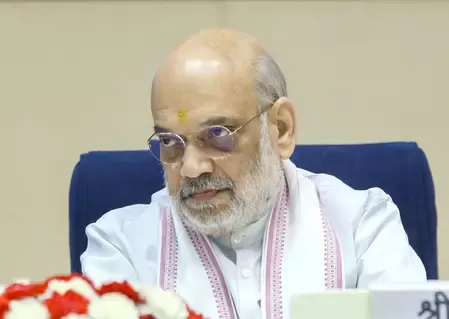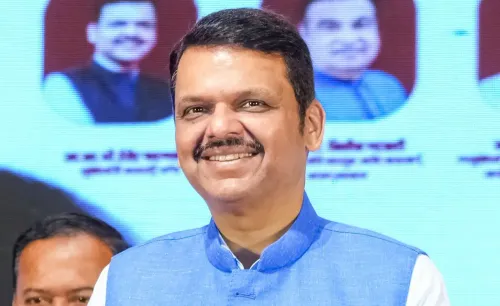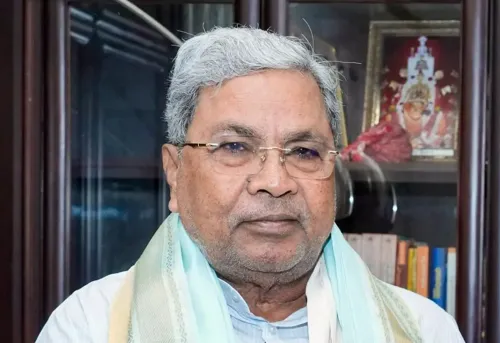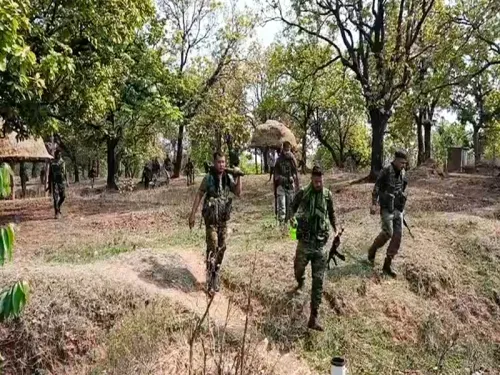Is the Right to be Born Under Threat? SC’s Sole Woman Judge Highlights Foeticide and Sex Ratio Issues

Synopsis
Key Takeaways
- The right of the girl child to be born is crucial.
- Child sex ratios in India are still concerning.
- Access to nourishment is critical for development.
- Trauma-informed practices are essential in legal proceedings.
- Collaborative efforts are necessary to safeguard the girl child.
New Delhi, Oct 11 (NationPress) Highlighting the right of the girl child to be born, the Supreme Court’s sole female judge, Justice B.V. Nagarathna, raised alarms regarding alarming reports of deteriorating sex ratios attributed to foeticide in several states.
During the inaugural day of the Supreme Court Juvenile Justice Committee’s two-day national dialogue on protecting the girl child, Justice Nagarathna pointed out the meager progress in child sex ratios over the last decade, noting an increase from 914 girls per 1,000 boys in 2011 to 929 girls per 1,000 boys according to the National Family Health Survey-5 (2019-2021).
She stated that young girls in India can only become equal citizens when they do not encounter gender-specific obstacles, have equal access to resources as boys, and are allowed to aspire and achieve similar goals.
On the subject of a girl child's rights, Justice Nagarathna emphasized, “She should not just survive but should actively thrive.”
Addressing the “right to be born,” she expressed grave concerns that the primary challenge faced by a girl child in India is the very act of being born.
Justice Nagarathna referred to the 2011 Census and the National Family Health Survey-5, indicating that the Child Sex Ratio (ages 0-6) has shown slight improvement, moving from 914 girls per 1,000 boys to 929.
She also highlighted reports indicating deteriorating sex ratios in some states due to female infanticide and foeticide, while others have shown signs of improvement.
The consultation titled “Safeguarding the Girl Child: Towards a Safer and Enabling Environment for Her in India” was organized by the Supreme Court’s JJC in partnership with UNICEF India.
Justice Nagarathna warned against re-traumatizing child victims of crimes and advocated for trauma-informed and child-sensitive methods in courts and police stations.
As the SCJJC Chairperson, she underscored the importance of focusing on the nourishment of the girl child.
Justice Nagarathna remarked that access to quality nourishment is essential for the growth and development of the girl child, referring to NFHS-5 data that shows 59 percent of girls aged 15-19 were anemic.










